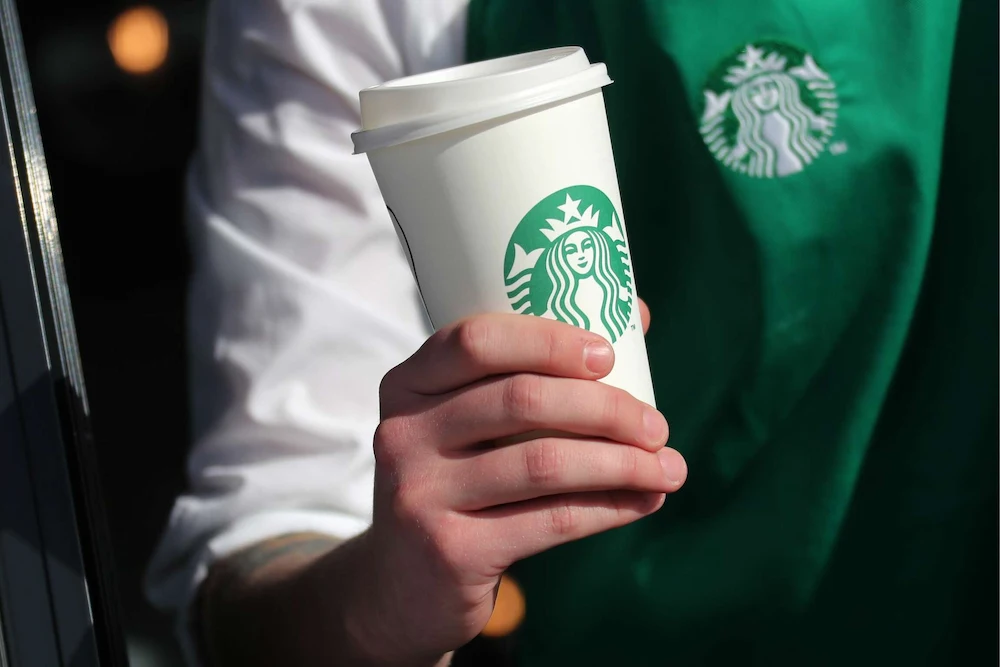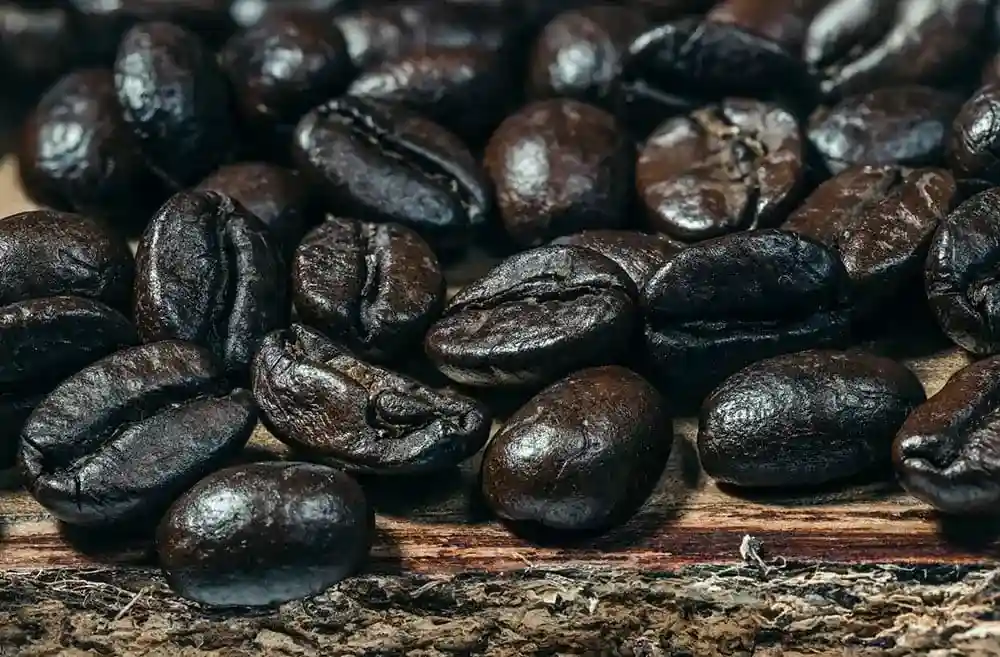While Starbucks is a very popular brand, it also has its share of critics. And one of the many things Starbucks has been criticized for is the burnt taste of its coffee.
But are the critics right? If so, why does Starbucks coffee taste burnt? If you’ve always wanted to know why Starbucks coffee tastes burnt or bitter, read on. We’ve got all the answers for you!
Why Does Starbucks Coffee Taste Burnt?

Starbucks coffee beans are not burnt but have a dark roast. The dark roast contributes to the consistent taste in Starbucks stores across the country. The intense flavor also pairs well with the dairy and sugary ingredients in popular Starbucks coffee drinks, such as the famous Frappuccino.
The burnt or bitter taste is also because Starbucks brewed coffee is more concentrated. The bitter flavor is not only due to the dark roast but also due to how Starbucks brews the coffee.
The amount of coffee used by Starbucks compared to water is higher than in most coffee shops, resulting in a more intense taste.
Customers used to less concentrated and milder coffees may find the intense taste of Starbucks coffee to be burnt or bitter.
As a former Starbucks barista added: “Starbucks espresso is made to be mixed with milk and flavoring and, most importantly, to be served as quickly as possible.”
So if you are thinking about who has better quality coffee, a small specialty coffee roaster such as Volcanica coffee or Starbucks, then the answer is most likely specialty coffee roasters.
Why Does Starbucks Overroast Their Beans?

Image Credit: Adam Niescioruk, Unsplash
Let’s first look at some of the reasons why Starbucks roasts its coffee at high temperatures.
In its early days, Starbucks coffee was roasted very dark to distinguish it from the weaker coffees available in the United States.
As Starbucks expanded its operations, dark roasting resulted in a consistent, distinctive taste that could be replicated across the country.
Dark roasting also speeds up the brewing process, allowing for higher temperatures and shorter brewing times.
Given the long lines of customers outside the door, speed was a necessary factor. So did Starbucks sacrifice taste for speed?
The millions of customers who drink a cup of coffee every day at Starbucks don’t think so. They don’t seem to have a problem with taste.
Why Does Starbucks Serve Dark Roast?

Image credit: Engin Akyurt, Pixabay
Another reason Starbucks serves dark roasts is that it’s ideal for making large and highly profitable drinks like Frappuccino with milk, sugar, cream, and other ingredients.
The intense aroma of the dark roast helps preserve the taste of the coffee in drinks like Frappuccino.
Besides coffee drinks, regular coffee drinkers should also add milk and sugar. The dark roast gives a strong flavor that is not lost when ingredients are added.
Does Starbucks Intentionally Over Roast Their Beans?
Some Starbucks customers have described Starbucks coffee as strong but burnt.
However, this is not a burnt roast but a dark roast that can make the beans taste burnt.
This darker roast means that the beans are roasted longer. This gives the coffee its intensity but also has the side effect of giving the coffee a burnt wood taste.
While many modern coffee shops today use a lighter roast to achieve a more complex flavor profile, Starbucks coffee can taste burnt in comparison, even if it isn’t.
One of the benefits of over-roasted dark roasts is the longer shelf life compared to lighter roasts. This also means less dark roast coffee goes to waste due to expiry.
Dark Roast Alternatives at Starbucks
Starbucks is also known to be very sensitive to the mood of its customers, and complaints about the taste of burnt coffee have reached the company.
That’s why Starbucks recently introduced its medium and blonde roasts that don’t taste burnt.
There is now an alternative for those who like the convenience of Starbucks but not the burnt taste of coffee.
Coffee drinkers should be aware that lighter roasts have a milder taste but contain more caffeine.
This sounds contradictory, but it is because roasting longer removes the caffeine from the beans.
So a dark roast has a stronger coffee taste but less caffeine than a light roast.
Frequently Asked Questions
How Do You Make Burnt Coffee Taste Better?
If you add milk, cream, or any dairy products, they can reduce the burnt taste and bitterness and round out other flavors in your cup of coffee. There are plenty of alternative milk options, such as oat milk or almond milk. You can check out our list of the best Starbucks Oat Milk Drinks!
Is Blonde Roast Stronger Than Dark Roast?
Starbucks’ blonde roast contains more caffeine than medium or dark roasts. The classic and dark roasts, on the other hand, have a more intense and vibrant coffee flavor. Starbucks’ blonde roast contains more caffeine than any other roast available from the company.
Dark-roasted coffee, on the other hand, has a stronger coffee flavor than light-roasted coffee.
What Does Espresso Taste Like?
The flavor of the espresso should be strong, slightly sweet, earthy, and evocative of caramel and dark, rich chocolate. Variables including grind size, water temperature, water pressure, and extraction time influence the final flavor.
Takeaway
There is no shortage of dark-roasted coffee beverages at Starbucks. Many people describe the taste of Starbucks coffee as burnt. In reality, the coffee is not burned, but the beans are dark roasted at high temperatures to get an intense aroma.
The robust espresso flavor pairs well with Starbucks’ popular coffee drinks, such as the Frappuccino and other large beverages with lots of dairy, syrups, and sauces. If you prefer a less intense flavor, you may want to try a medium or blonde roast.
SEE ALSO:
- How to Make a Starbucks Frappuccino at Home (Easy Recipe)
- Starbucks Strawberry Acai Refresher Copycat
Featured Image Credit: Omar Lopez, Unsplash
Click here to view the Visual Story Version of this Article.

